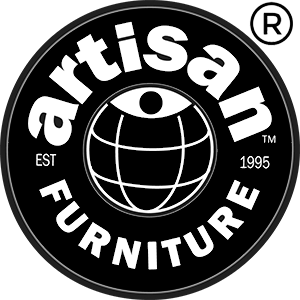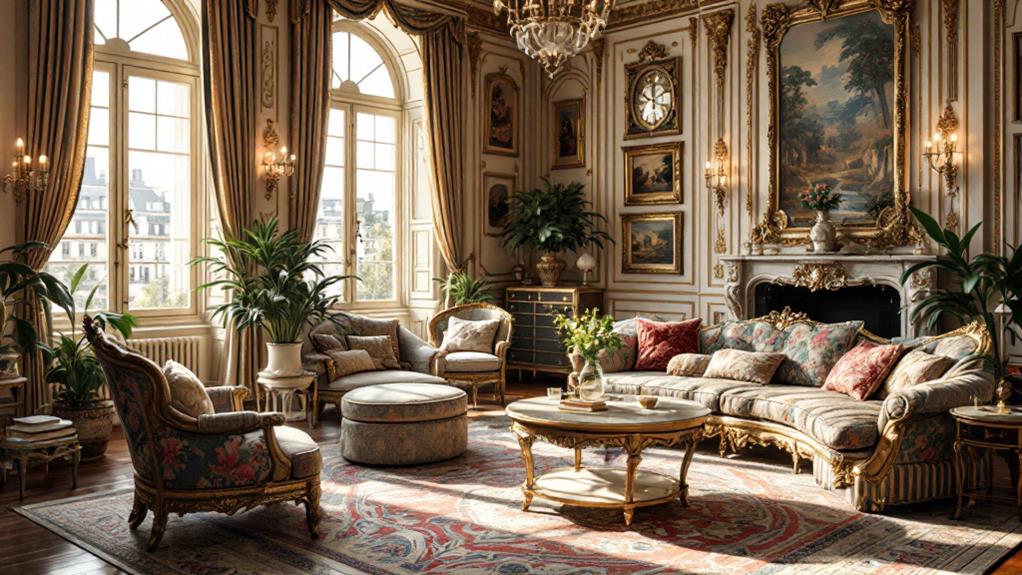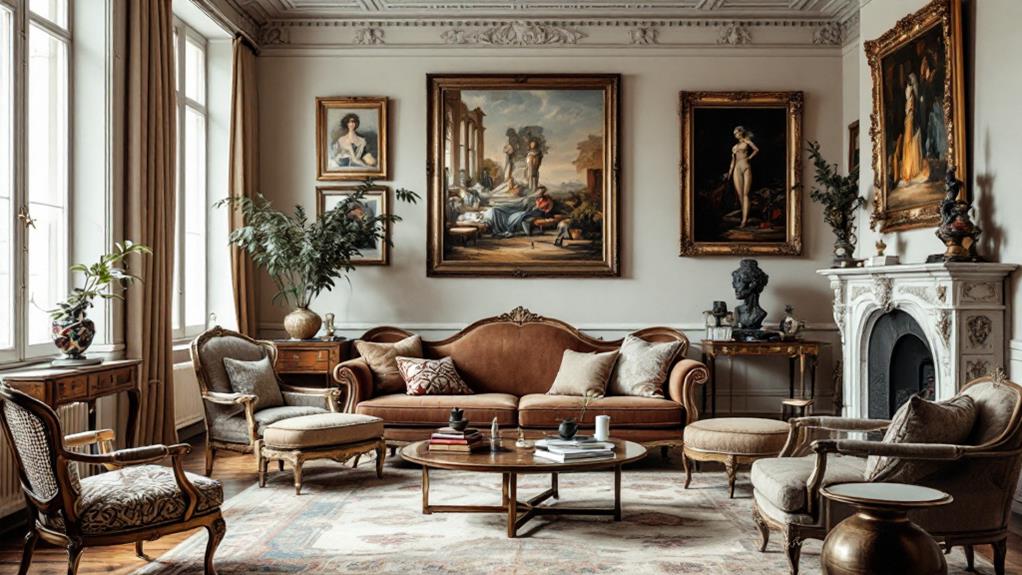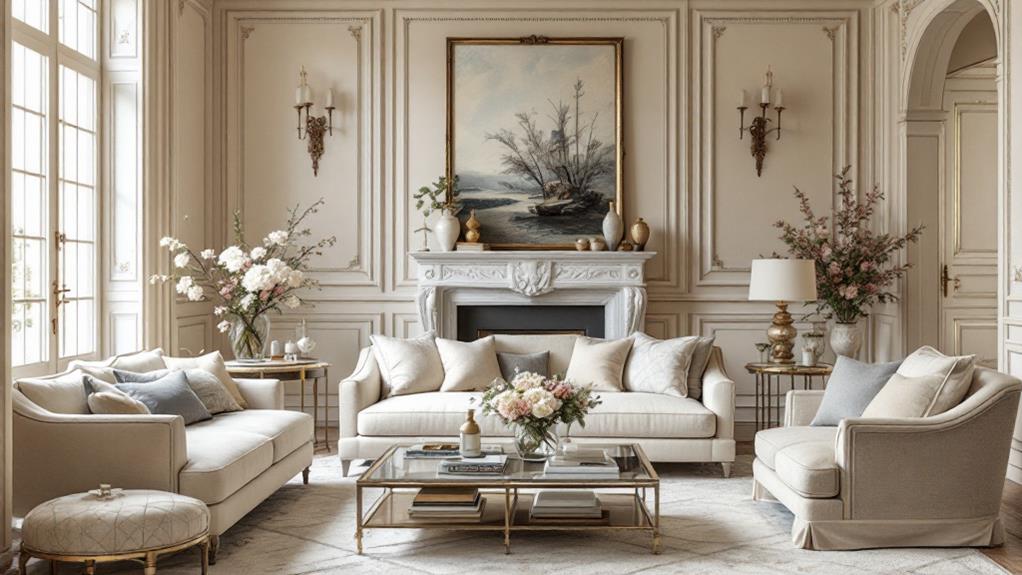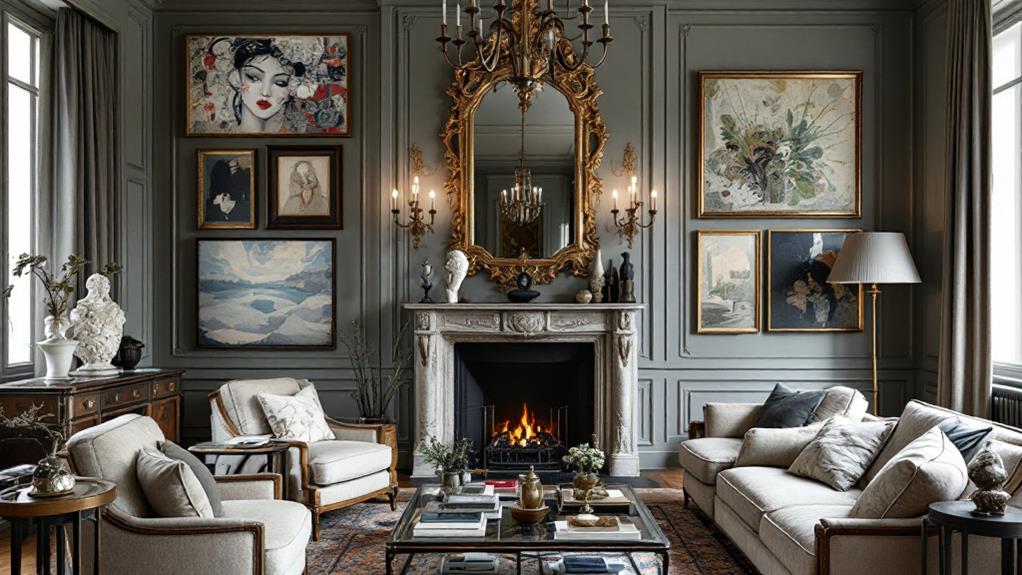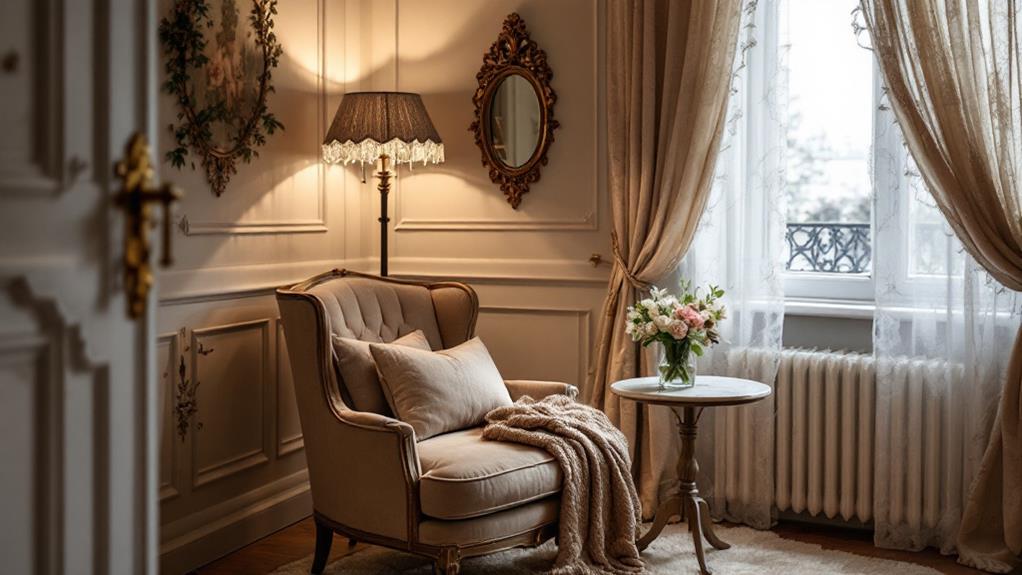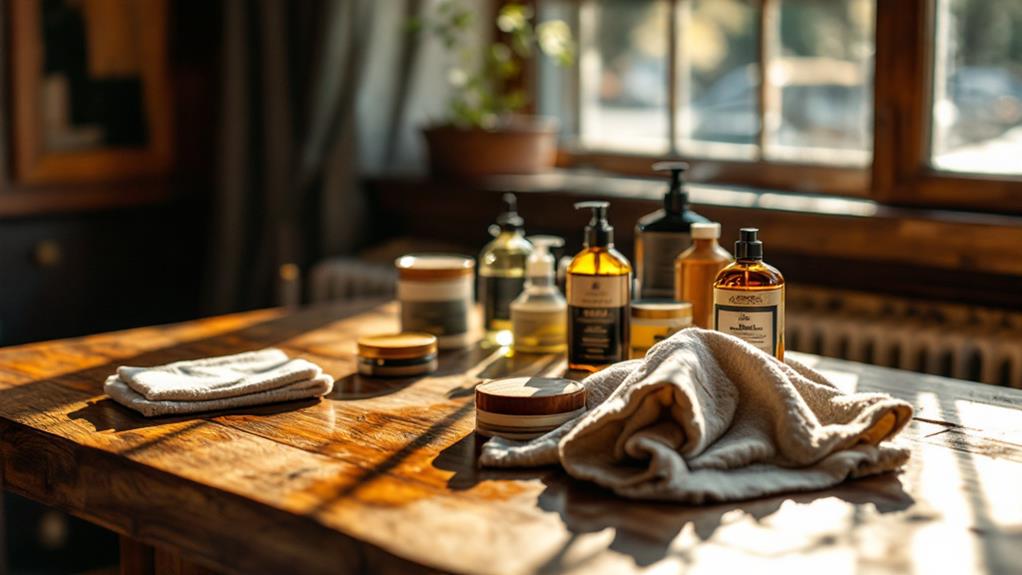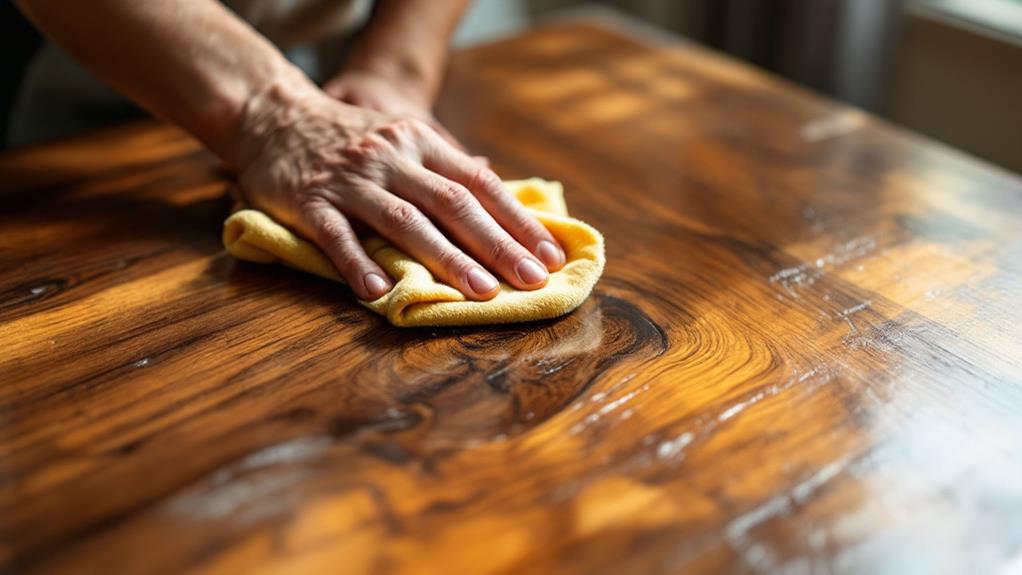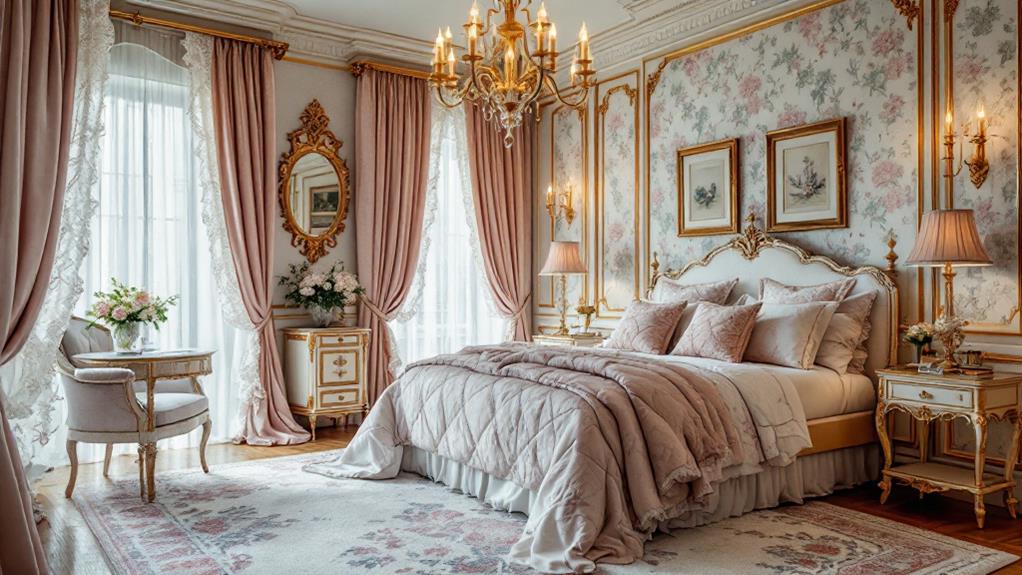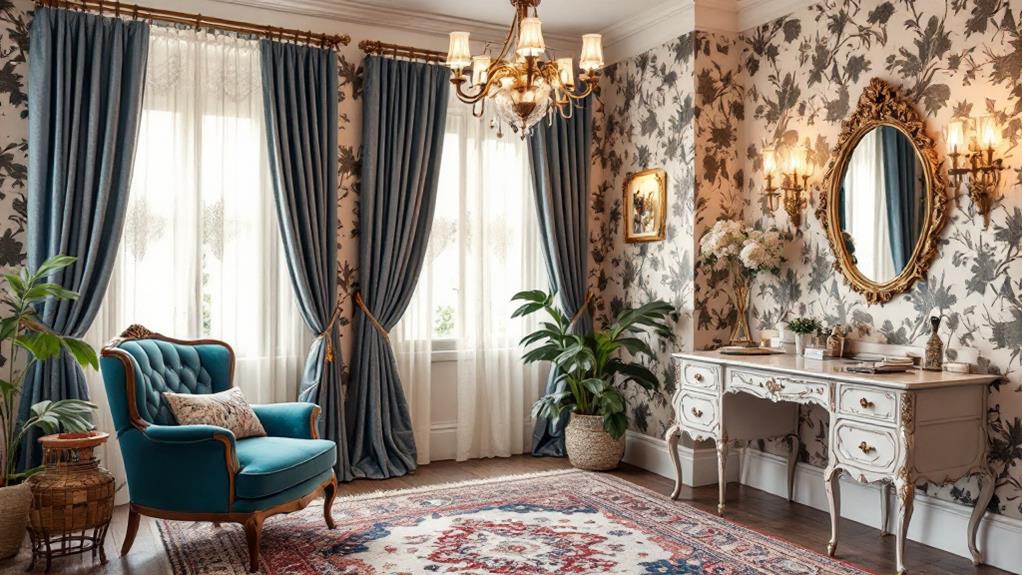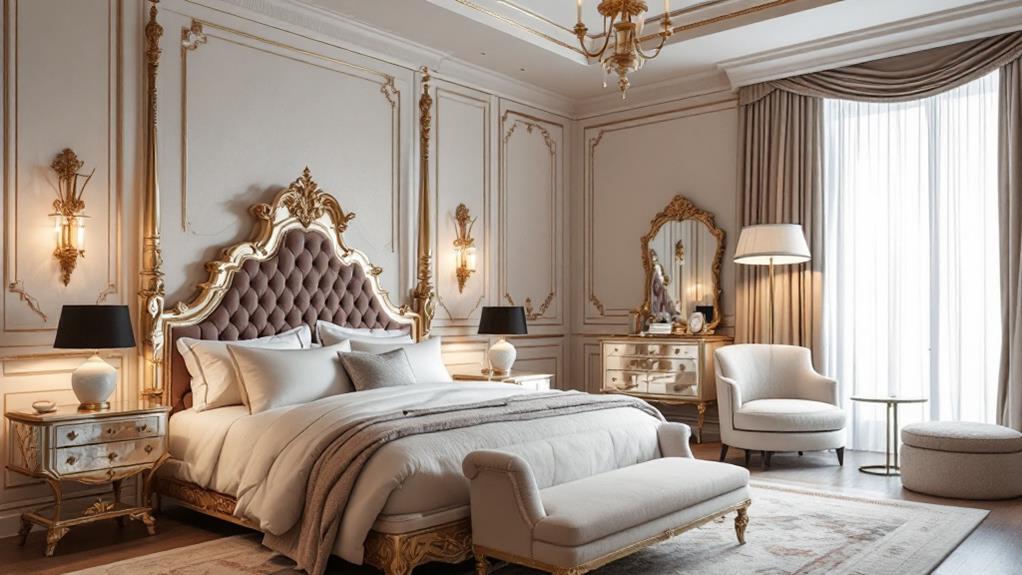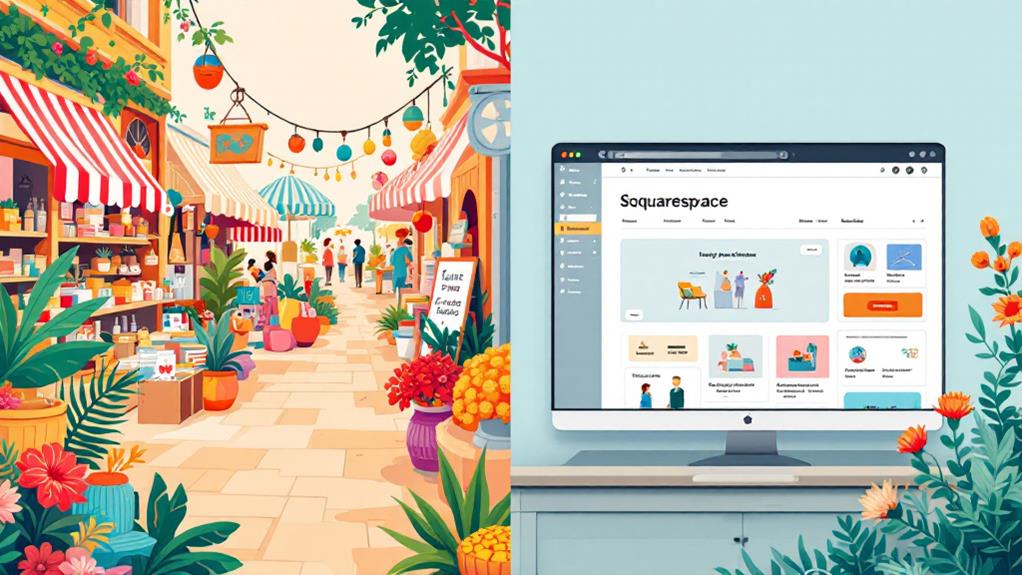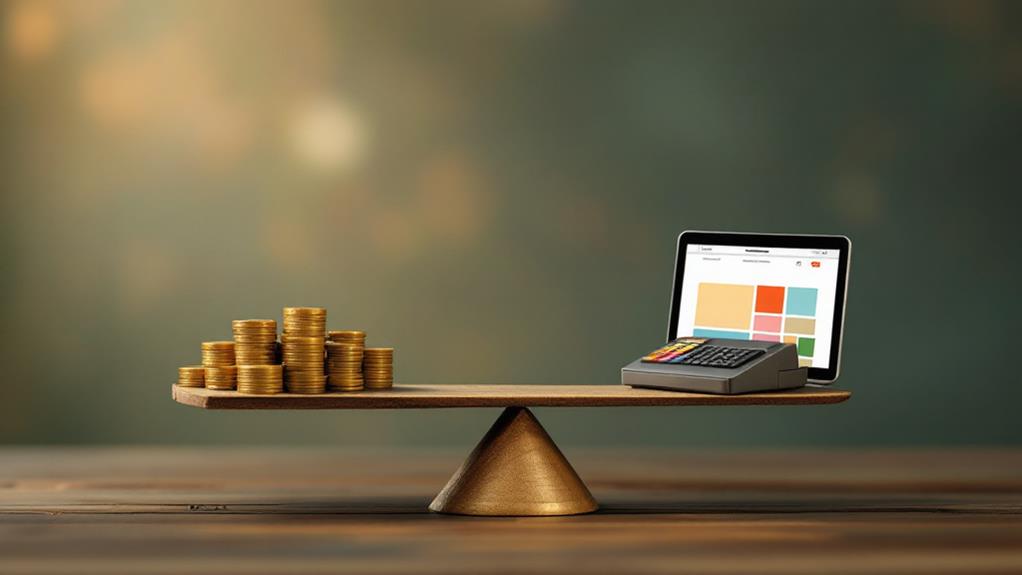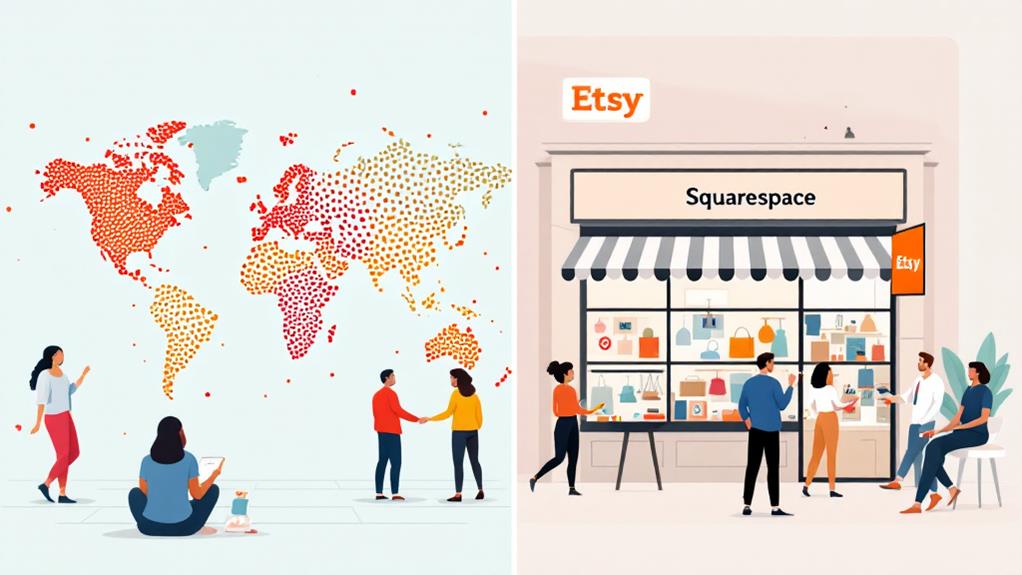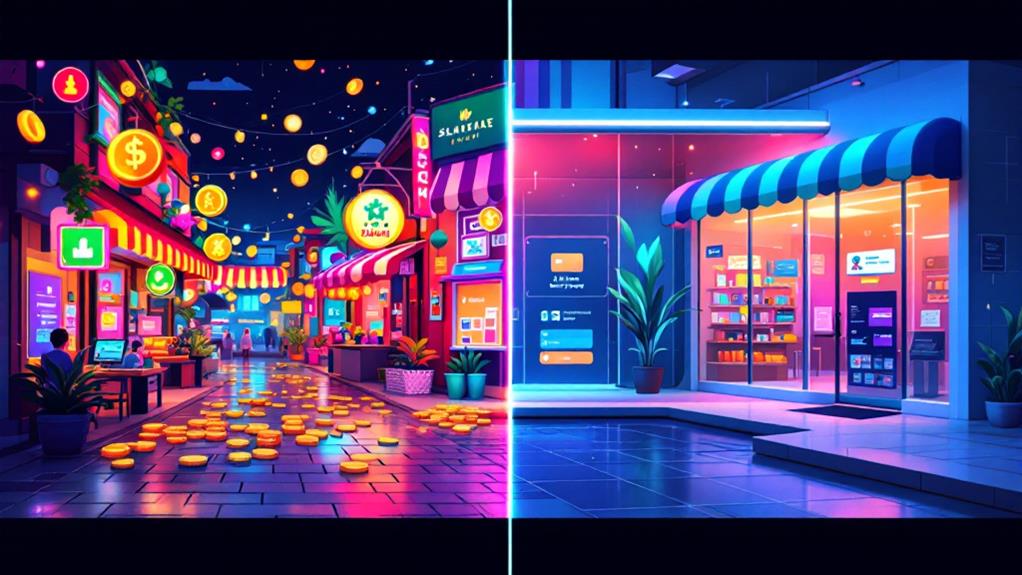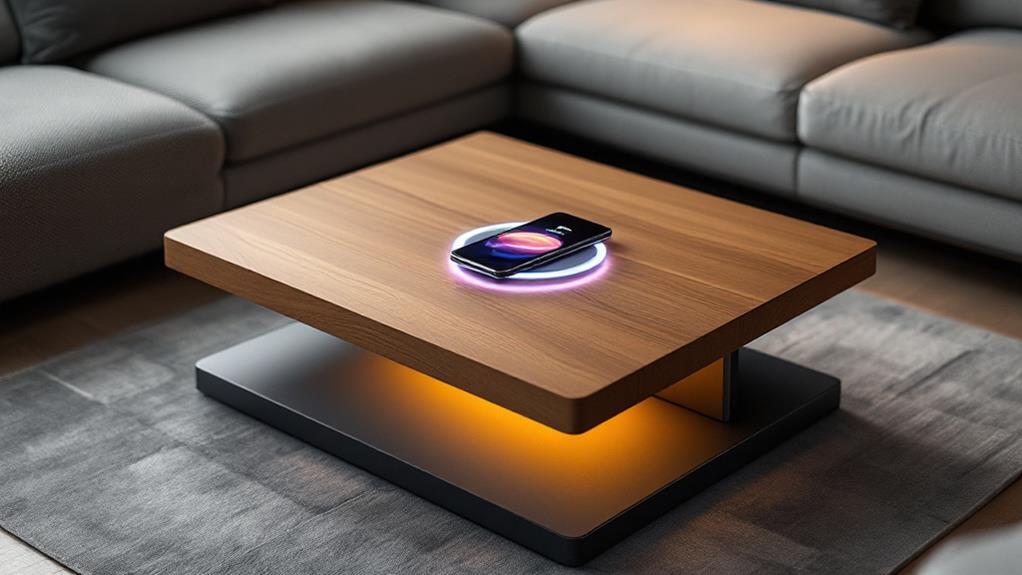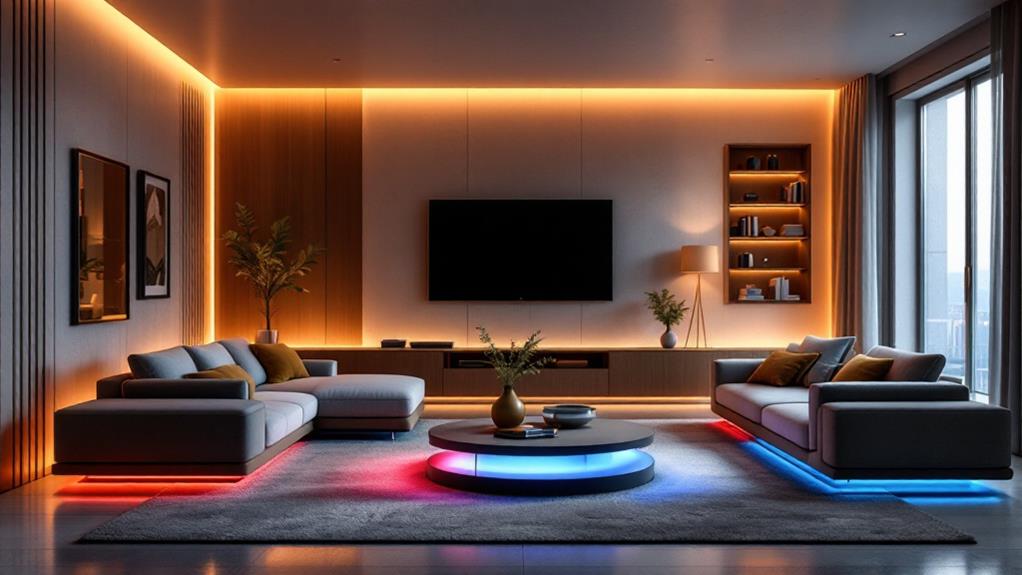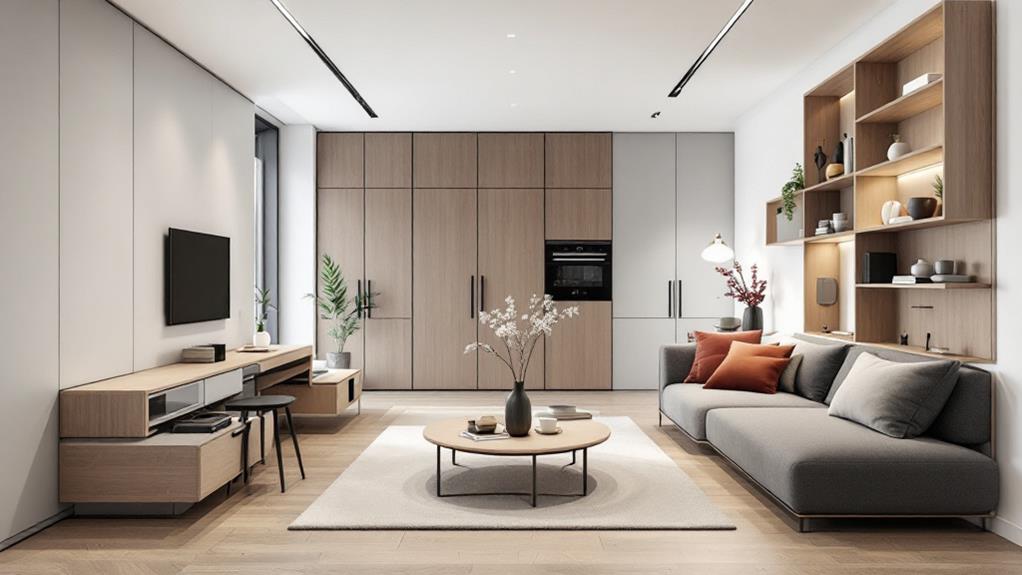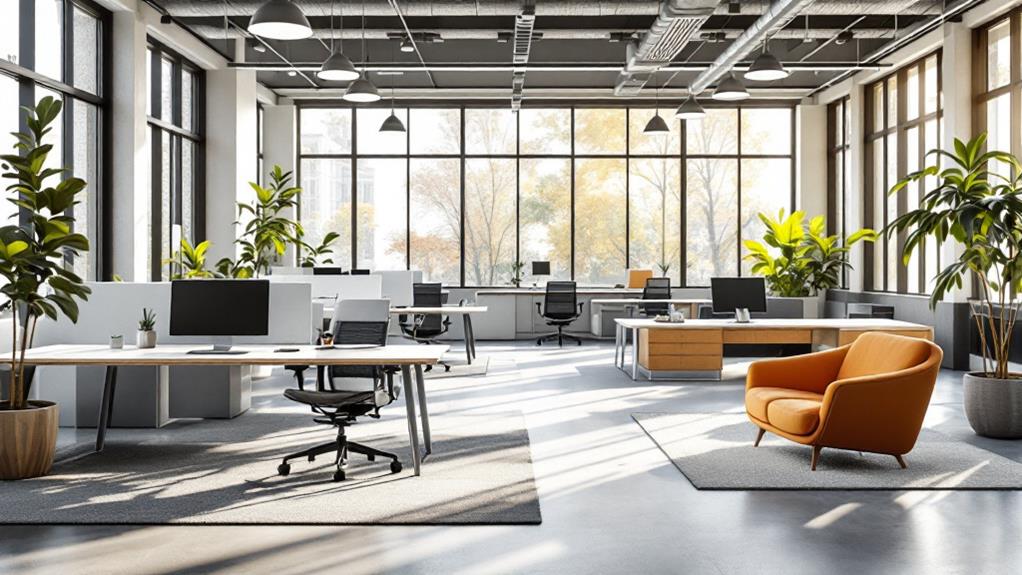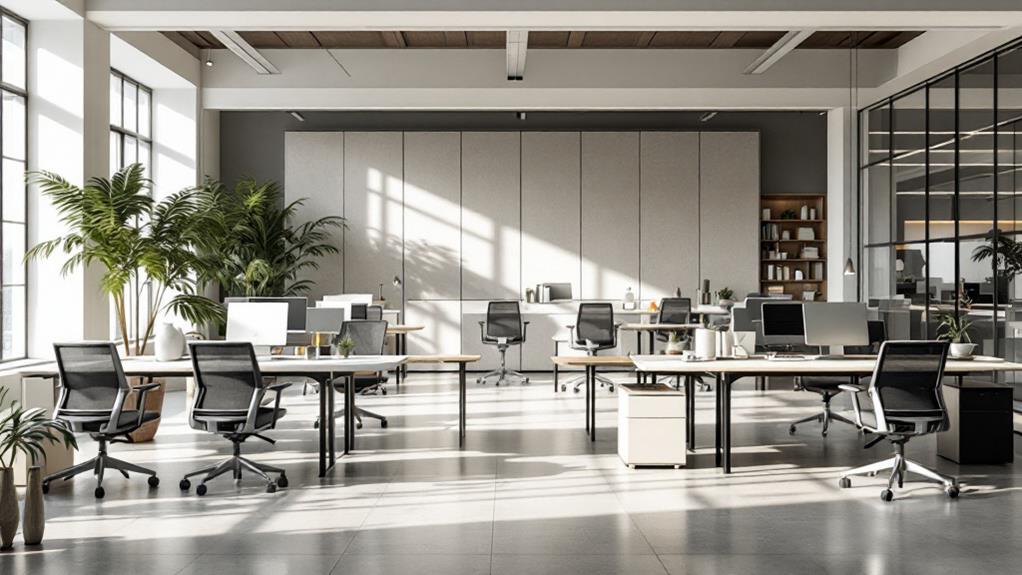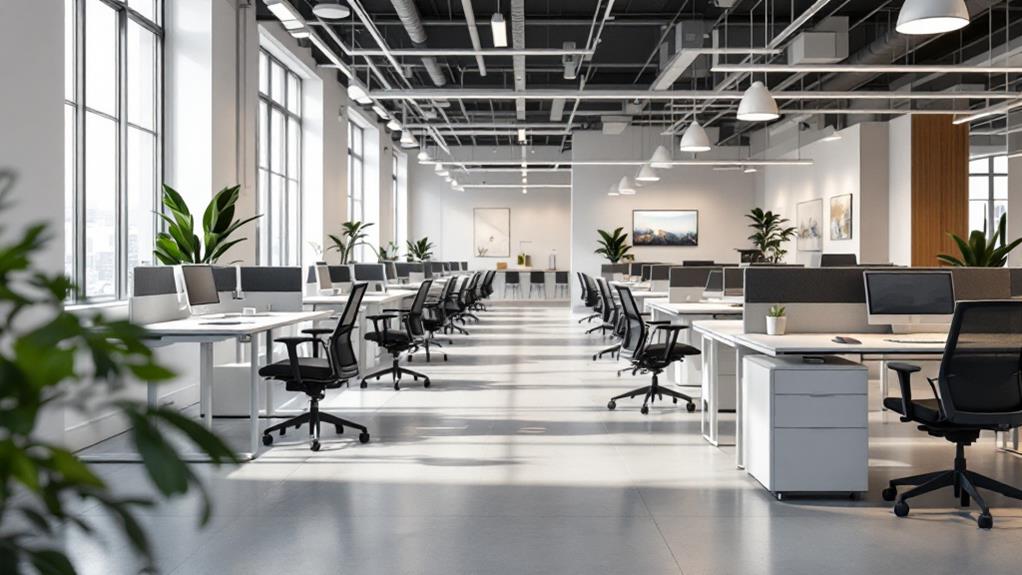Elevate your living room with a green Chesterfield sofa, a piece that offers both classic beauty and functional design. These sofas, available in hues like emerald and velvet green, add depth and sophistication to your space. Modern options like sage provide a calming influence, while olive and forest green command attention with their elegant tones. For a vibrant touch, consider teal, or opt for moss to seamlessly blend into any decor. Crafted from quality materials, they promise both comfort and durability through deep seats, ergonomic backs, and robust frames. By examining these options, you'll realize how they can enhance your home's aesthetic.
Classic Emerald Chesterfield
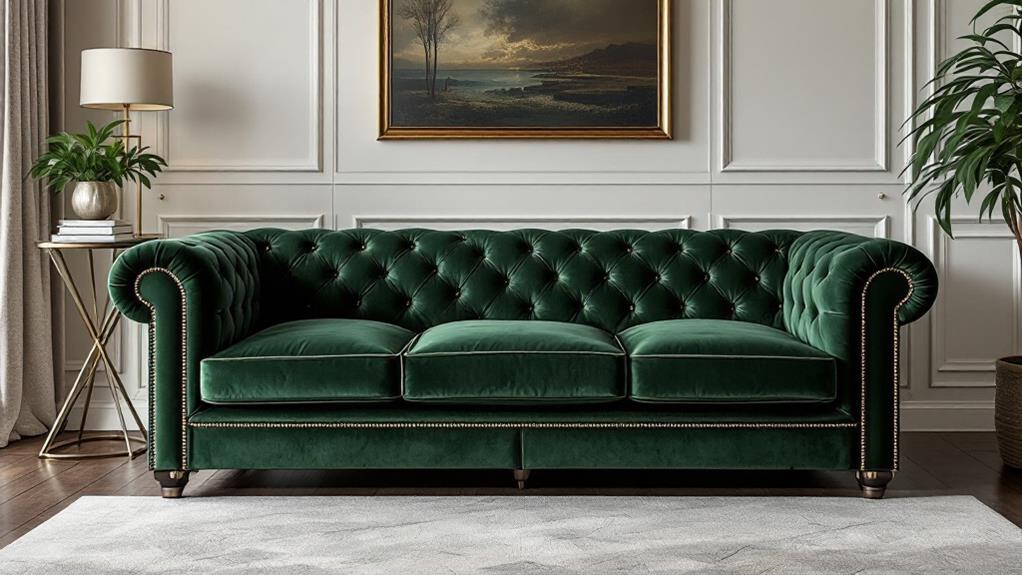
The Classic Emerald Chesterfield is a timeless piece that effortlessly elevates any living room. This iconic sofa, known for its deep button tufting and rolled arms, offers a sophisticated yet comfortable seating option. Its rich emerald color adds a striking focal point to your space, seamlessly blending with various decor styles, from traditional to contemporary.
The sofa's robust frame, typically crafted from hardwood, guarantees durability, while the high-quality upholstery provides a luxurious touch. When you choose a Classic Emerald Chesterfield, you're investing in more than just aesthetics. The sofa's deep seat and high back offer excellent support, making it ideal for both lounging and formal gatherings.
Thanks to its classic design, the Chesterfield maintains its appeal over time, assuring it won't become outdated. Additionally, the emerald hue is particularly versatile, complementing both neutral palettes and more vibrant color schemes.
Consider the Chesterfield's dimensions to ascertain it fits comfortably in your room, as its substantial size can dominate smaller spaces. However, its presence adds an undeniable elegance, making it a worthwhile centerpiece. With proper care, this sofa will remain a cherished part of your home for years.
Velvet Green Elegance
Have you ever imagined a piece of furniture that perfectly marries luxury and comfort? A velvet green Chesterfield sofa does just that, offering not only a bold aesthetic but also a tactile experience that's hard to match.
The plush velvet fabric brings a sense of opulence, enhancing the overall ambiance of your living room. Its rich green hue adds depth and sophistication, making it a centerpiece that demands attention without overwhelming the space.
A velvet Chesterfield is more than just a sofa; it's a statement piece that reflects discerning taste. Here's why it stands out:
- Luxurious Texture: The soft, smooth texture of velvet provides an inviting surface that promises relaxation.
- Durability: Despite its delicate appearance, velvet is a strong fabric that withstands daily use with proper care.
- Timeless Appeal: The classic Chesterfield design remains in vogue, with its deep button tufting and rolled arms, exuding elegance.
- Versatile Style: It complements various décor styles, from traditional to eclectic, offering flexibility in design choices.
- Color Depth: Velvet enhances color richness, providing a vibrant, lush look that adds life to your interior.
Choosing a velvet green Chesterfield isn't just about style; it's about creating an inviting and elegant living space.
Modern Sage Chesterfield
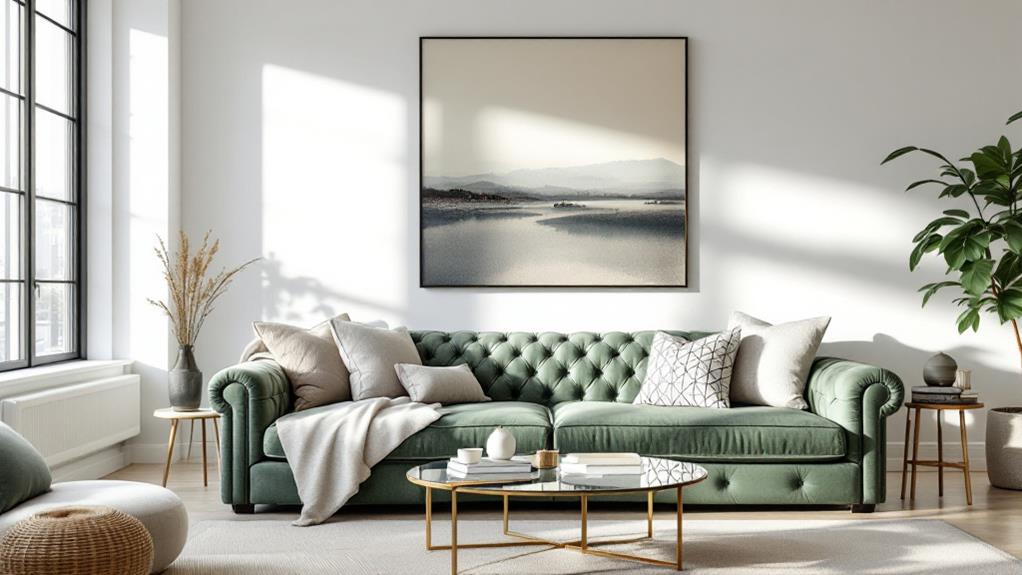
Imagine transforming your living space with the subtle elegance of a Modern Sage Chesterfield. This sofa style combines traditional Chesterfield elements, such as the deep button tufting and rolled arms, with a fresh, contemporary twist. Its sage color offers a soft, muted green that blends seamlessly with various design palettes, making it a versatile choice for a range of interiors. The neutral tone of sage is known for its calming effect, providing a sophisticated yet tranquil ambiance in your living room.
The Modern Sage Chesterfield isn't just about aesthetics; its construction guarantees durability and comfort. Typically crafted from high-quality materials like kiln-dried hardwood frames and high-density foam cushions, it promises longevity and resilience.
The upholstery, often a blend of soft fabrics or leather, is designed to withstand daily wear while maintaining its allure. Additionally, this sofa's design supports ergonomic seating, offering comfort without compromising on style.
When you invest in a Modern Sage Chesterfield, you're choosing a piece that harmonizes classic charm with modern flair. It's an intelligent choice for those seeking to enhance their living space with a touch of understated elegance, combining both functionality and timeless appeal.
Opulent Olive Design
While the Modern Sage Chesterfield captures a serene elegance, the Opulent Olive Design brings a bold, luxurious flair to your living room.
This design offers a rich, deep green hue that instantly commands attention and exudes sophistication. The plush velvet fabric adds a touch of opulence, making it a perfect centerpiece for upscale interiors. Its classic Chesterfield silhouette, characterized by rolled arms and deep button tufting, enhances its timeless appeal.
This sofa fits seamlessly into a variety of décor styles, from traditional to modern, making it versatile for different spaces.
When considering the Opulent Olive Design, keep in mind these key features:
- Color Depth: The olive green shade provides a warm, inviting atmosphere, suitable for both vibrant and neutral settings.
- Material Quality: High-quality velvet fabric guarantees durability, while offering a soft, luxurious feel.
- Craftsmanship: Meticulous detailing in the tufting and stitching highlights the sofa's superior craftsmanship.
- Versatility: Complements various design aesthetics, allowing for easy integration into existing décor.
- Comfort: Plush cushions provide exceptional comfort, making it ideal for relaxation and social gatherings.
Forest Green Statement
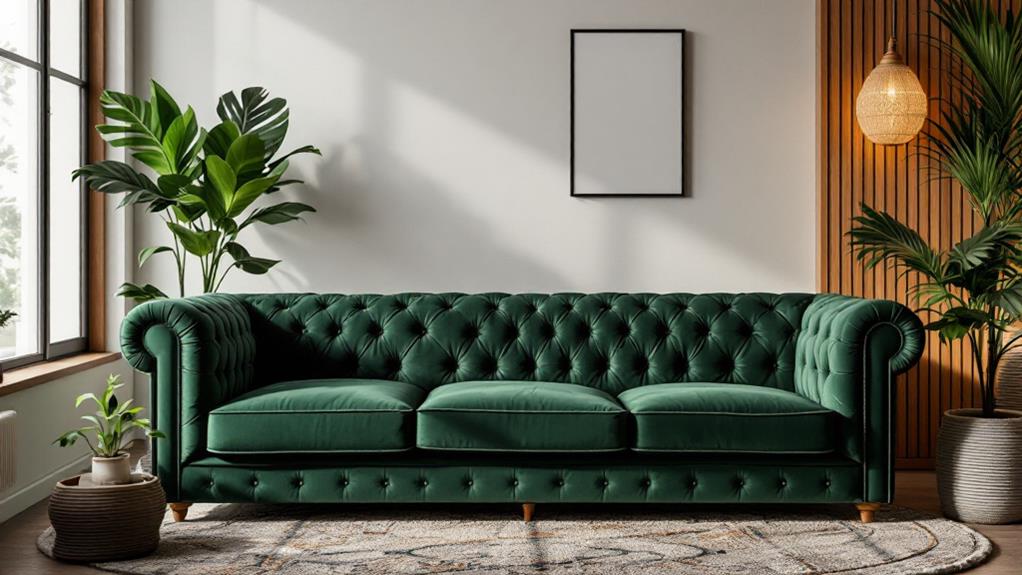
The Forest Green Statement Chesterfield sofa doesn't just blend into your living room—it transforms it. This particular shade of green is known for its deep, rich tones, which can create a sense of tranquility and sophistication.
The Chesterfield design, characterized by its button-tufted upholstery and rolled arms, complements the forest green hue, adding an element of timeless elegance to any space.
When you introduce a Forest Green Statement Chesterfield into your living room, you're not just adding a piece of furniture; you're making a bold design choice. This sofa can serve as a focal point, drawing attention and creating a cohesive look when paired with neutral decor.
Its robust color can anchor the room, allowing other elements, such as accent pillows or throws, to play a supporting role without overwhelming the space.
Moreover, the durability of the high-quality materials used in Chesterfield sofas guarantees longevity, making it a practical investment.
The forest green fabric is often crafted from materials that resist wear and fade, maintaining its vibrant appearance over time. This combination of style and durability makes the Forest Green Statement Chesterfield a smart choice for those looking to elevate their living room's aesthetic.
Luxurious Teal Chesterfield
A Luxurious Teal Chesterfield sofa can instantly inject a sense of opulence and vibrancy into your living room. This piece is known for its deep button tufting, rolled arms, and premium upholstery, which together create a refined aesthetic.
The teal color adds a modern twist to the classic Chesterfield design, making it a standout feature in any space. Choosing this sofa means you're opting for a balance between tradition and contemporary flair, guaranteeing your living room feels both timeless and on-trend.
Teal, as a color, has a unique ability to harmonize with various decor styles. It can complement neutral tones or contrast boldly with warmer hues.
Here are some considerations when incorporating a teal Chesterfield into your space:
- Versatility: Teal works well with both modern and classic decor styles.
- Color Psychology: Teal is associated with calmness, promoting relaxation.
- Material: Look for high-quality leather or velvet for durability and comfort.
- Size: Consider the sofa's dimensions to guarantee it fits your space appropriately.
- Maintenance: Regular cleaning and care will keep the upholstery looking pristine.
Incorporating a luxurious teal Chesterfield into your living room can elevate the overall ambiance, offering a perfect blend of elegance and modernity.
Vintage Moss Appeal
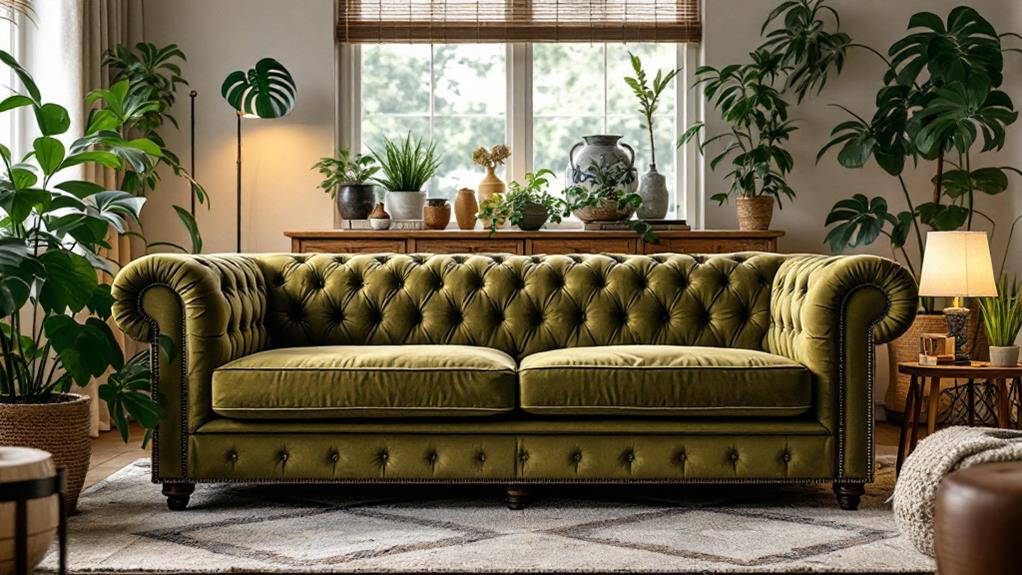
Imagine stepping back in time with a Vintage Moss Chesterfield sofa that effortlessly brings a touch of sophisticated nostalgia to your living room. This piece offers a classic design, often featuring deep button tufting, rolled arms, and a low back. The moss green hue provides a muted, earthy tone, allowing it to integrate seamlessly with various color palettes, from neutral to bold.
The construction of a Vintage Moss Chesterfield typically involves high-quality materials, ensuring durability and longevity. The frame is often crafted from hardwood, known for its strength and resistance to warping. Upholstery choices can vary, but traditional leather is common, providing both a luxurious feel and increased wear resistance.
This sofa style isn't only aesthetically pleasing but also practical, offering a comfortable seating experience for you and your guests.
In terms of placement, the Vintage Moss Chesterfield can be a focal point in a room, complementing other vintage or modern elements. It pairs well with decorative accents like brass lamps and wooden coffee tables, enhancing its timeless appeal.
